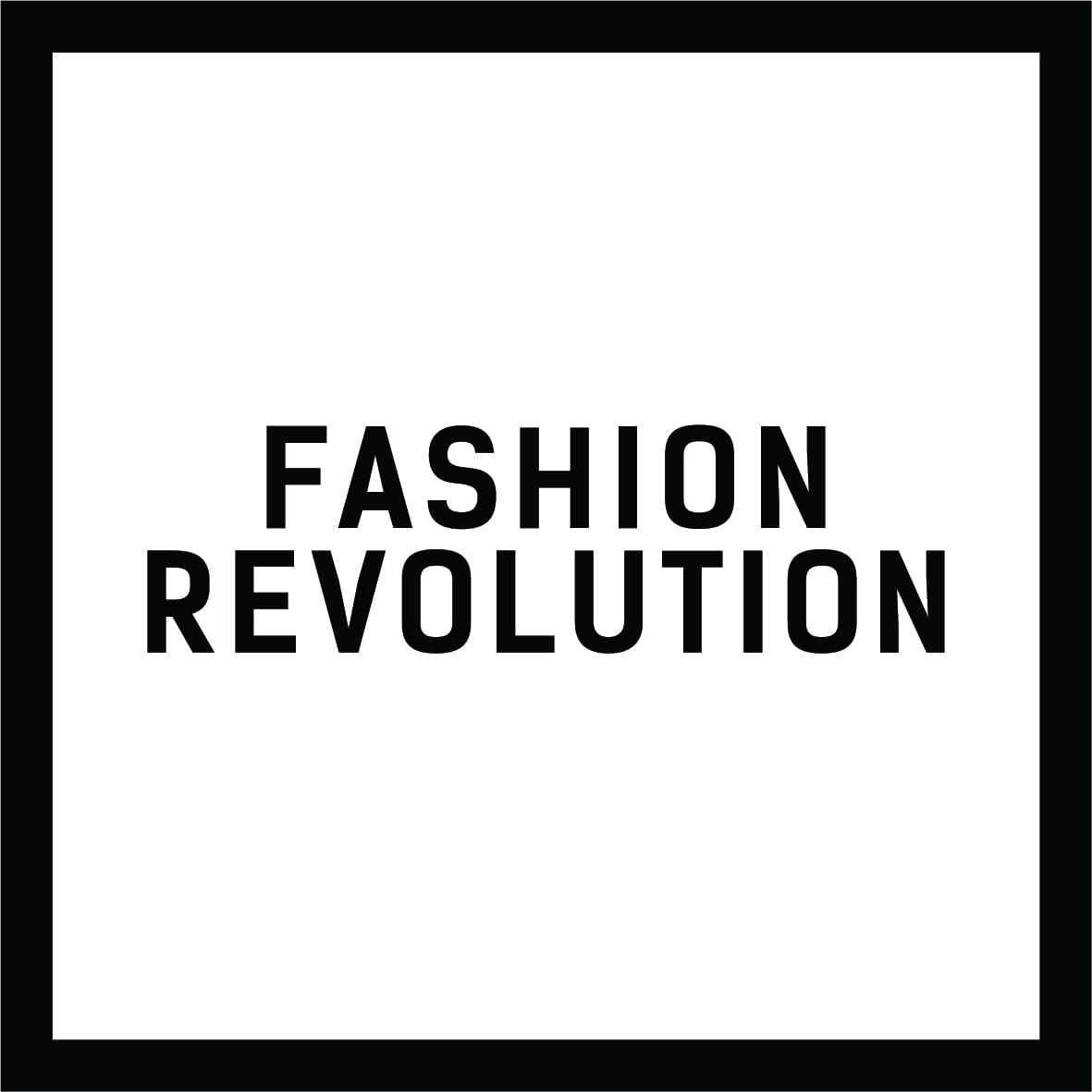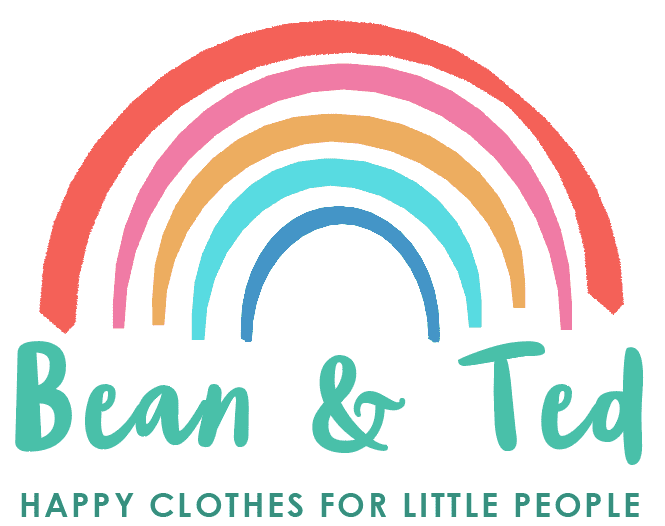Fashion Revolution has rolled around again, can you believe it’s been 7 years? Last year I wrote about the big issues in fashion, and the year before that it was on whether we need a sewing revolution .
This year, I’m going back to basics with the motivation behind #fashrev and the “who made my clothes / fabric / fibre” message. For me, it boils down to two basic things that go hand in hand: privilege, and consumption.
Privilege and income levels
The Covid-19 crisis really highlights our level of privilege in what is often referred to as the “global North”. We have the ability to continue working at home in what’s considered non essential services. One of us is a salaried employee and the main daily worry is the big kid being bored.
In the global North, under normal circumstances, high levels of disposable income allows consumers to have the purchasing power to buy stuff they don’t need. Some call it affluenza. There’s enough demand for clothing that there’s plenty of competition amongst fashion brands for the dollars in our wallet. The result? Mass production in low-cost countries.
To tempt you into buying stuff, marketing then kicks in. This is typically about making things desirable and creating a fantasy so you feel like buying that thing will improve your life somehow. With the subliminal message that if you don’t have it, then you miiiight be feeling a little inadequate or left out.

Consumption drives business
But can we blame fashion brands for overconsumption habits? Business is business, and the point is to sell you as much as possible. Whether it’s in fashion, sewing, electronics, whatever… obsolescence is key to retail.
Also – which comes first, the fact that consumers are demanding more product, or that brands are over producing? It’s a bit of chicken and egg don’t you think? At this point I would not say it is any brand’s “fault” that they are trying to make money, whether it’s in fashion, sewing, – that is the reason that they exist! So for me, boycotting is not always that useful as it doesn’t encourage change in behaviour. Rather, I’d prefer to buy from the more sustainable ranges or brands to increase demand.
But watch out for greenwashing and check what brands are saying!
Quick example – I read on a brand site the other day that organic cotton is biodegradable compared to “regular” cotton because it is a natural fibre. Sorry since when is it only “organic” cotton that is biodegradable?! Also let’s remember there’s not enough land in the world for everyone to buy organic cotton at the same rate as they do conventional cotton…
So for Fashion Revolution am I meant to ask “who made my fibre”?
A better question would be, “how do I want to approach my wardrobe?” There’s no right answer and you can’t do everything so you have to decide whatever “sustainable” means to you. In the past, I have spent a lot of concentrated time on reading and writing a lot about fibres. Heck, I’ve even looked at becoming a full on “sustainable” fabric shop! But that’s just one small angle. Here are some other angles to consider depending on your area of concern:
- Chemicals/pesticides etc –> 1) organic fabrics. But careful with this too, organic doesn’t mean chemicals aren’t allowed, just different ones. Read the GOTS standard to find out. PS – did you know that hydroponic tomatoes aren’t allowed to be labelled organic because they aren’t grown in soil? Even if the efficiency of hydroponically grown tomatoes in greenhouses is more than soil-based growing. 2) Lyocell (trade name Tencel™) over viscose. Or avoid viscose where you can, here’s why.
- Low waste approach –> deadstock or fabric with recycled content.
- Social justice –> small brands who care about this will have a lot of transparency and share their maker stories with you
- Concerned about everything? –> buy nothing

But I like buying stuff…
If it’s a good purchase that is special / gets used / carefully considered, then do it! As someone who works in sewing, I can tell you that the business objective is that you can buy patterns and fabric which enable you to make beautiful clothes that you love to wear. The idea is that if you put in the time and effort that goes into making something, you are more likely to wear it and keep it. (Remember the 30 wears slogan?). Whether it’s made from polyester, viscose … when it comes to sewing, these days I’d rather the low-waste-just-wear-it approach rather than get too hung up on fibre. Going to bring out the cotton raincoat / linen in winter example again as to where synthetics come in handy.
Sew many clothes.
Well, you have a lifetime to wear them all. And there’s also the mental health and enjoyment aspect to consider when it comes to craft. You could also make stuff for the home, for your family, for your friends ….
As a small sustainable brand owner (Bean & Ted uses deadstock and organic fabrics), I can tell you that businesses concerned with sustainability have their heart in the right place. Even if they sometimes unintentionally greenwash, the aim is to give consumers options to buy better and provide as much transparency as they can.
Sustainability isn’t only thinking about your clothes for one week per year.
Clothing wise my preference is to sew my stash, repair or remake my stuff. My mister is the most sustainable clothing person I know and wears the same t-shirts for 10 years. Our big kid wears me-made, and the baby wears the stuff he’s outgrown, or samples I make for my small brand beanandted.com which uses deadstock and organic cotton. And we use cloth diapers in the daytime.
Fashion Revolution is just as good a reminder to check in with daily life habits as well, and I think my approach is pretty moderate for sustainability. I don’t deliberately make my life exceedingly difficult, but I try to be a bit mindful and take a low-waste / less is more approach.
Broken electronics go to the repair shop until they tell me aren’t repairable any longer. We try hard to eat all the food that we buy (did you know that the Dutch on average throw away 8-11% of all the food purchased?) We are generally careful with sorting our recycling. I’m trying to figure out what keeps the birds and bees coming the garden, and teaching my kid about the outdoors and growing stuff. etc. It might all be small stuff, but it works for me.
—
So there you have it, my two cents on Fashion Revolution this year and how it feeds into my sustainability thinking. Does Fashion Revolution trigger a stream of sustainability consciousness in you as well?
Till next time
Kate



2 comments
What a great article! I think the same thing. Sewing sustainably is sewing my stock, repairint or customising clothes, as well as refashion or recycle them.
It’s also a source of economy for me, which alows me to buy organic textile, and quality textile.
In the meantime, I also, try to but second hand textile: when sewist sale part of their stash or remaining bites and left over. That’s the first way for me to find textile.
I tried to sew less but better: choosing the right textile for me, according to the pattern, to adjust it the best way, to take care of finishing technics. I also try to modify patterns with left overs, and modify the shapes.
That’s the way I try to sew sustainably.
Hi Cécile, thanks for your comment! Yes you are right, there are so many ways to sew in a more sustainable manner, and it’s great to see people like you tackling in all ways! Recently I decided that for the back of a quilt I would not buy more fabric (it usually requires around 2.5-3m), but I will sew together my big leftover pieces and use that instead. Hope that it will still look nice…